Resilience
It happened in the summer of 1998. I am alone at home. Home is a little village in the Belgian countryside. The month of August is warm. In the attic, in my study room, I am preparing for a philosophy exam. I have always been fascinated by the phenomenon of life and its ‘meaning.’ That degree in philosophy is supposed to give me answers, to help me understand what life is about. Naively, I had thought that space engineering would bring me closer to the mystery. After a few years of working in that field, it became clear that the reality I wished to explore is here on the earth and now. Not out there, light-years away.
RESILIENCE IS HANDLING PARADOXES. IT IS FINDING SIMPLICITY IN THE MOST COMPLEX SITUATIONS WITHOUT IGNORING THEIR PAINFUL AND DISRUPTIVE SIDES.
Sitting at my desk, I am reading theories about life and death. The whole thing feels a little stuck in my head as if the information is trapped there, in that upper part, without any communication with the rest of my body, or with the birds outside, the sun shining through the clouds and the farmers working in their fields. Around lunchtime, in that slightly confused mood, I leave my study room to fetch the kids. I am a young mother of three children. While I was studying, they were having fun somewhere with friends.
RESILIENCE IS HUMILITY. IT IS ACCEPTING THAT WE ARE NOT IN FULL CONTROL. IT IS SEEING LIFE AS A TEACHER RATHER THAN AS MATERIAL TO SHAPE.
On my way back home, on the highway, something happens. The children are in a state of tension between excitement and tiredness, unable to sit quietly in the back seat. They are two, four, and six years old. The tension amplifies my own state of confusion. I turn to them with the intention to restore calm. My movement is a little too fast, a little too strong and a little too agitated. In that movement, I drop the driving wheel for a second, and that second is enough for the car to change its trajectory.
RESILIENCE IS TRUST. NOT TRUSTING THAT THINGS WILL HAPPEN ACCORDING TO OUR EXPECTATIONS, BUT TRUSTING LIFE SO MUCH THAT WHATEVER HAPPENS, IT IS OK.
I intended to restore calm, but at what cost? I am not driving the car anymore, but the car is driving us, taking the four of us on its own course—a dramatic one. The accident is bound to happen. We can see it coming. We see it happening in front of our eyes. The car pitches slowly from right to left, and left to right. On the highway. At high speed. Until something reaches a limit in the car structure. Until something breaks up, projecting the car in the air. Everything is then darkness, sound, and movement.
RESILIENCE IS A CRACK. LEONARD COHEN SINGS, ‘THERE IS A CRACK IN EVERYTHING, THAT’S HOW THE LIGHT GETS IN.’ WOULD IT ALSO BE A WAY FOR THE LIGHT TO GET OUT?
The car is now standing still. I smell the disaster before I see it. A smell of fuel and burnt steel. Where are the kids? Not in the car. I look for them on the highway. I find their bodies. I take care of them until ambulances arrive. While running from one child to another, I discover strength in me. At that very moment, I feel at the best of my human capacity. I am able to love as I have never loved before. The immense pain seems to be counterbalanced by an immense sense of gratitude. Love for the kids, for the people around me (car drivers who have stopped to help), for the rescue workers. Total dedication.
RESILIENCE IS ABOUT CARING RELATIONSHIPS. IT IS ABOUT A LEVEL OF CARE THAT GOES BEYOND ANY LOGIC. IT IS ABOUT LOVE AS THE GLUE KEEPING HUMAN BEINGS TOGETHER.
One child is missing. Someone shouts, “She is here!” Indeed. She is laying down on the grass away from the road. Someone says, “Don’t worry, her heart is beating, she is alive.” I believe these words of a stranger, although I see no sign of life in that little body. A young woman is standing nearby. She has witnessed the accident. I take her hand, I ask her to come closer. I place her hand in my daughter’s hand. I ask her to keep holding that little hand. “Her name is Anaïs,” I told her. “She is six. Please stay with her, keep talking to her.” Then it is OK for me to leave her and to run back to the other kids.
RESILIENCE IS GRATITUDE. IT IS BEING ABLE TO ASK FOR HELP. IT IS RECOGNIZING WHAT IS GIVEN, WHATEVER IT IS—A SMILE, A LOOK, A HELPING HAND.
That day, we were very close to death. The four of us. Today, we are all alive. Gratitude. It took me years and years to relax, to process the pain, to go through the fears, to heal the injuries. We left the hospital after a few weeks. Anaïs had spent three weeks in a deep coma, between life and death. It took her another two years to fully get ‘back to life.’ It took us a good 10 years to recover. We will never return to ‘normal.’ There is no sense of ‘normality’ after such an event. Our family, our lives, have radically changed.
RESILIENCE IS PATIENCE. IT IS BUILT OVER TIME. LIKE A PLANT GIVING FLOWERS AND FRUITS, THE PROCESS CANNOT BE FORCED. IT HAPPENS ACCORDING TO ITS OWN RHYTHM.
The shock has been such that it has deprived me of a large part of my energy. What was left was to be used mindfully, with a clear focus on essentials. At that moment, it was to support the kids through the crisis. What was the ‘right,’ useful support? Slowly, a story shaped before my eyes in which the notion of ‘respect’ had a core role. Respect as basic consideration for reality, including myself, others, life, situations. Respect as listening deeply and showing regards to inner as much as outer realities.
RESILIENCE IS ABOUT COHERENCE. IT IS A PROCESS OF ALIGNMENT: WHO AM I, HOW DO I SPEND MY TIME, WHAT DO I EAT, HOW DO I TALK, HOW DO I RELATE TO OTHERS?
That day, on the highway, while ambulances were driving the kids to hospitals, I stayed a few more minutes. The landscape was one of desolation. In an instant, the pain struck me. I realized that I was seriously injured. Oxygen was lacking, it was more and more difficult to breathe. Something then happened. Something I can hardly describe with words. It took me years and years before I was able to articulate specifics. Sometimes, I need to go back to my diary to check if it really happened. That day. On the highway.
RESILIENCE IS COURAGE. COURAGE AS THE QUALITY OF ACTIVATING THE HEART. IT IS ABOUT LEARNING TO WORK WITH FEARS, AND BEYOND THOSE FEARS, TO OPEN UP TO THE UNKNOWN.
I simply did not know how to talk about it and who would be able to understand. Such an experience is hardly describable. It includes all opposites and goes beyond the realm of words. It feels unreal and at the same time, it feels like the real stuff. It feels both warm and cold. I was lifted from my body, in a vertical movement, like in a tunnel of tiny particles. Like raindrops reflecting thousands of colors. At a high speed, with a sense of stillness. Thousands of colored particles. Further away, a warm radiating light. Intense but not dazzling. The whole experience is quiet, cool, clean, in contrast with the chaos on the highway.
RESILIENCE IS ABOUT TAKING DISTANCE. IT IS HOLDING DIFFERENT PERSPECTIVES, STANDING AT THE EDGE WHERE WE DO NOT UNDERSTAND.
How can I communicate that sense of integration, fullness, unity, and peace I experienced in that moment? In the tunnel, three times, I moved up. Three times I moved down. When I finally regain normal consciousness, I am in an ambulance with an oxygen mask on my face. Landing is painful, but it doesn’t matter. Years later, after a long healing process, I reconnected with the sense of peace experienced in that very moment. I learned to approach it in the silence of meditation, in nature, in the depth of authentic relationships, in the flow of life.
RESILIENCE IS ABOUT MAKING SENSE. IT IS ABOUT LOOKING AT REALITY WITH A SENSE OF WONDER. IT IS ABOUT ALLOWING A BIGGER PICTURE TO SHAPE.
This notion of ‘peace’ became central in my life. Peace as an art, as a movement of integration of opposites. Peace as a radical opening to a wider picture. I started regarding conflicts as opportunities for transformation. From a personal perspective, I moved naturally to a collective one in which we are all together breathing the same air, illuminated by the same sun, walking on the same earth. I became passionate about relating to people as if this whole experience had brought me closer to fellow human beings. As if my story was a universal one and had brought me into the real phenomenon of life- that phenomenon I initially tried to understand through the theory of space engineering and philosophy.
RESILIENCE IS TRANSFORMATION. IT IS EXPANDING THE FIELD OF EXPERIENCE. IT IS CONTRIBUTING TO A HUMAN SOCIETY AND SERVING A BROADER INTEREST.
About the Images
Claude Theys paired his photos with Nathalie’s essay at her request, using meditation to connect instinctively rather than literally with her words.
Belgian by origin, citizen of the world by heart, Claude is passionate about traveling. For him, photography is the art of capturing the present moment, feeling connected with the environment, the people he encounters, and the colors that attract him. He spent over twenty years in Africa with his family and has spent much of his time in nature and wildlife.



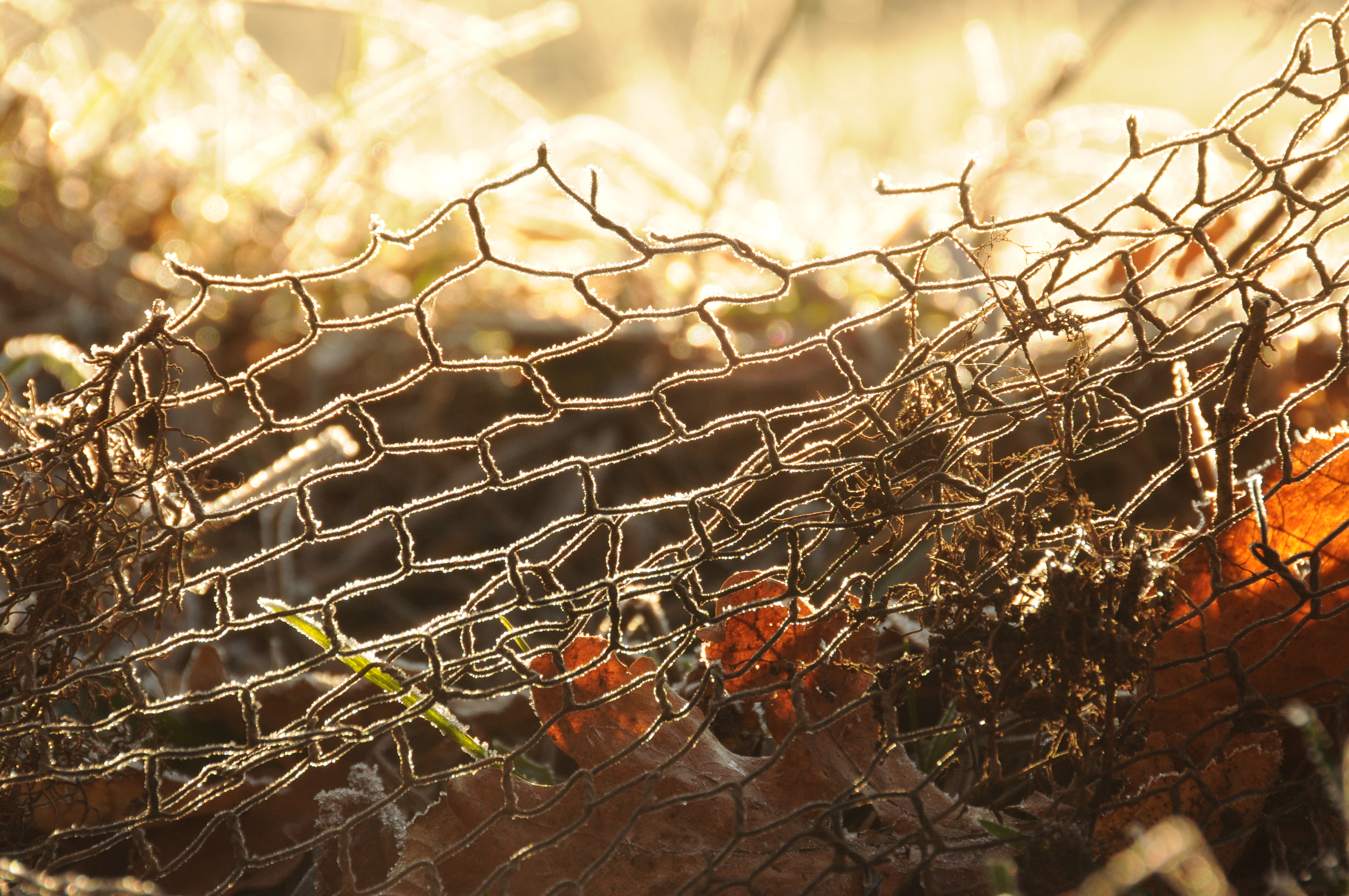
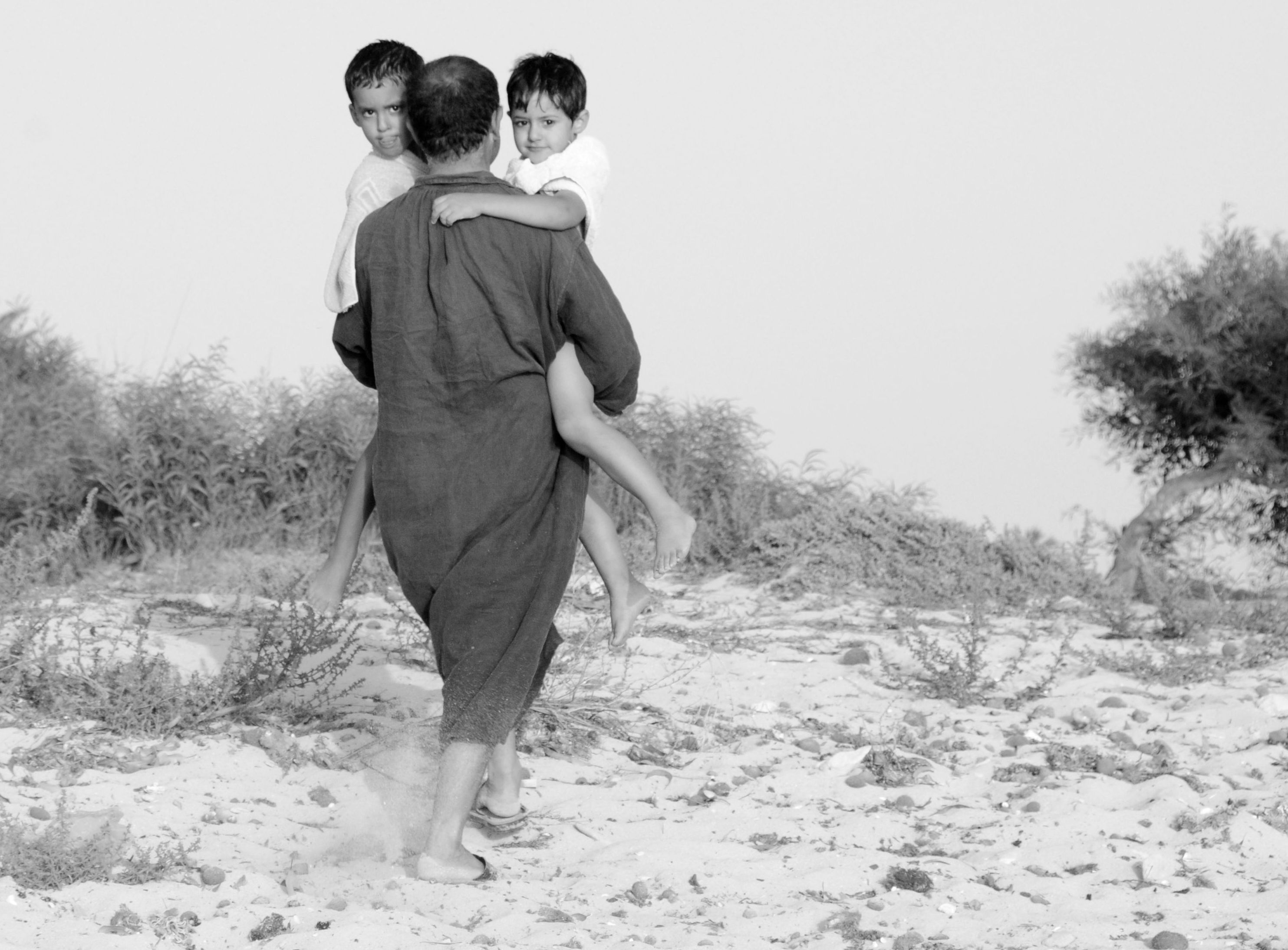
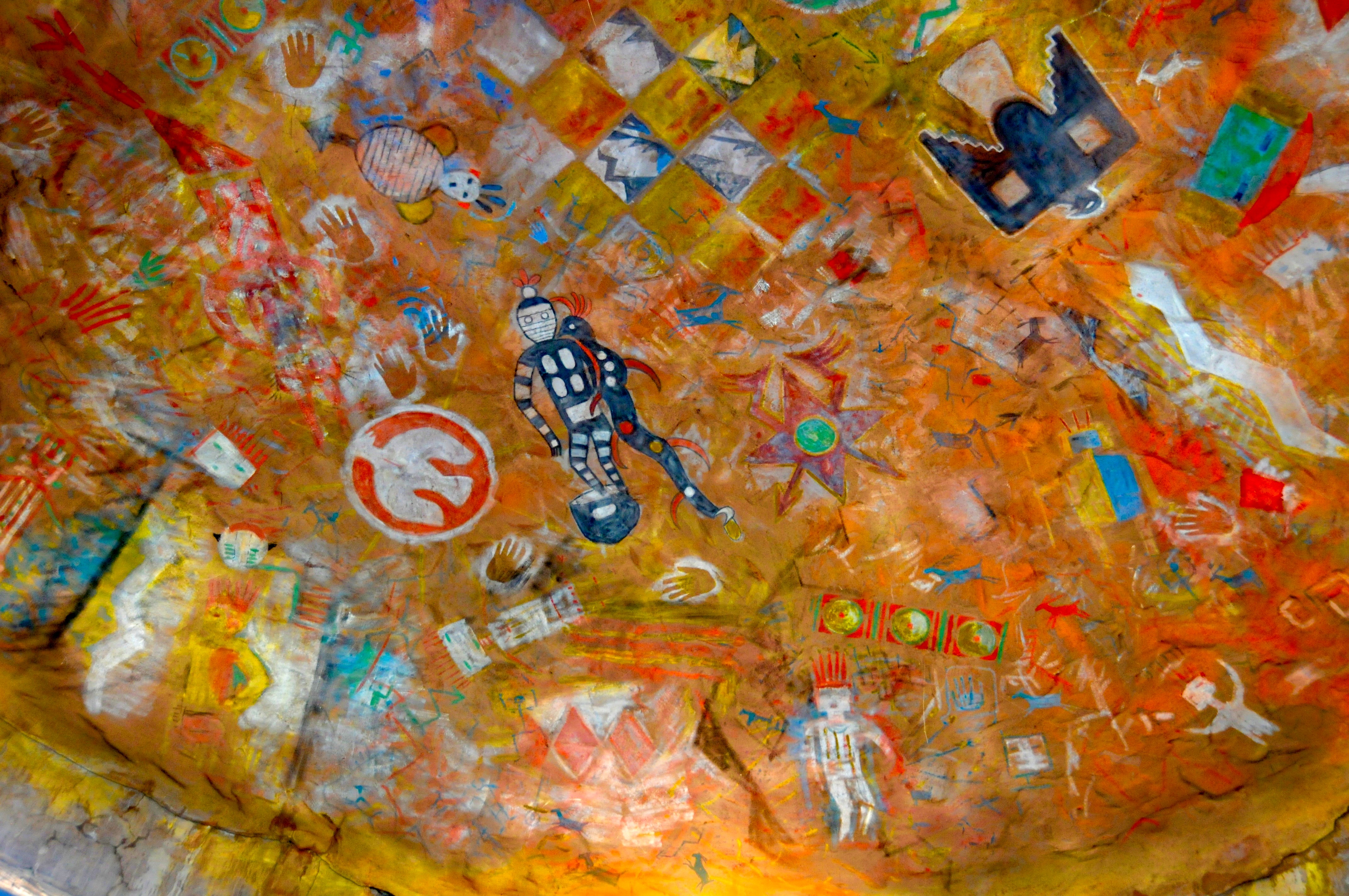
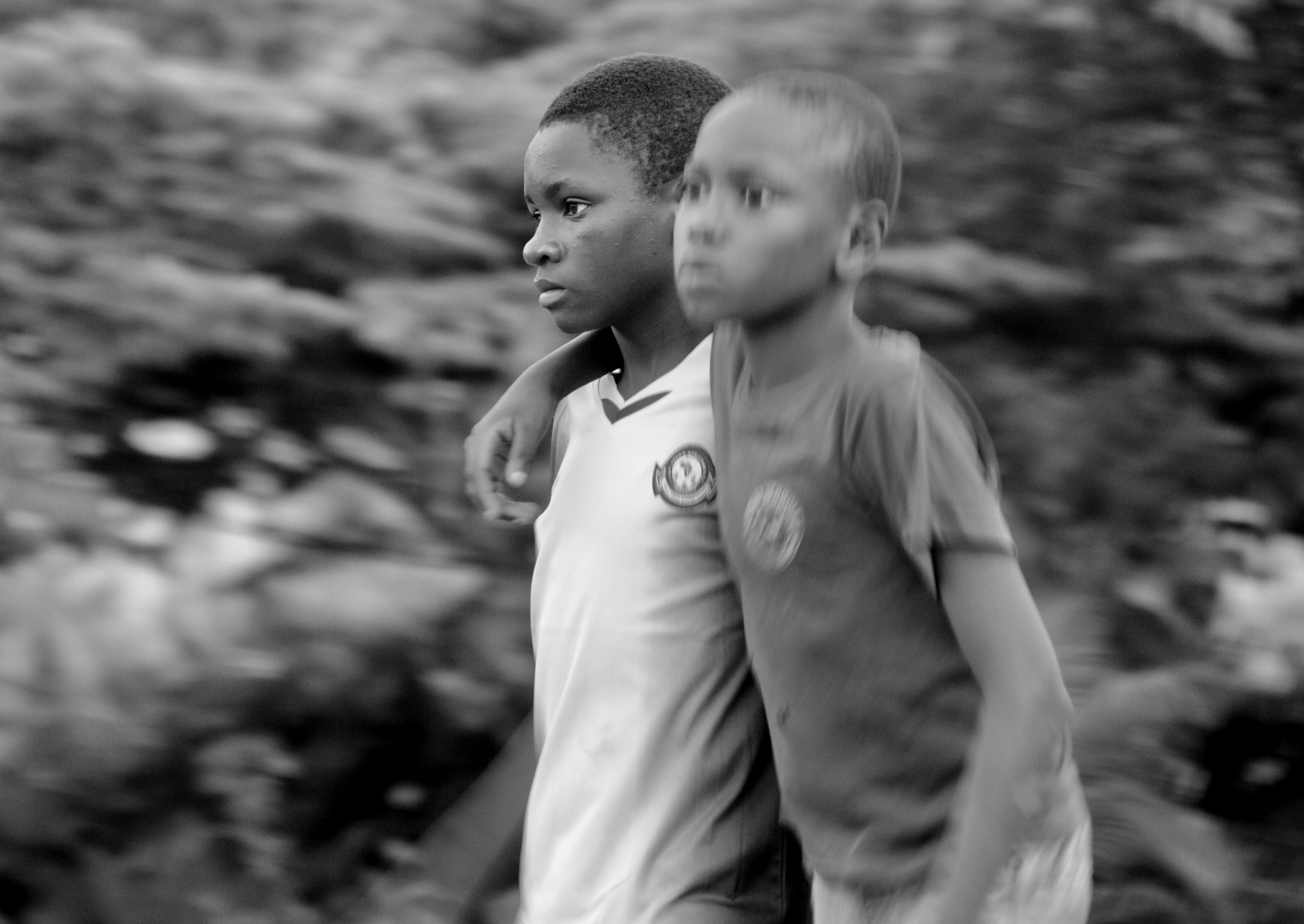
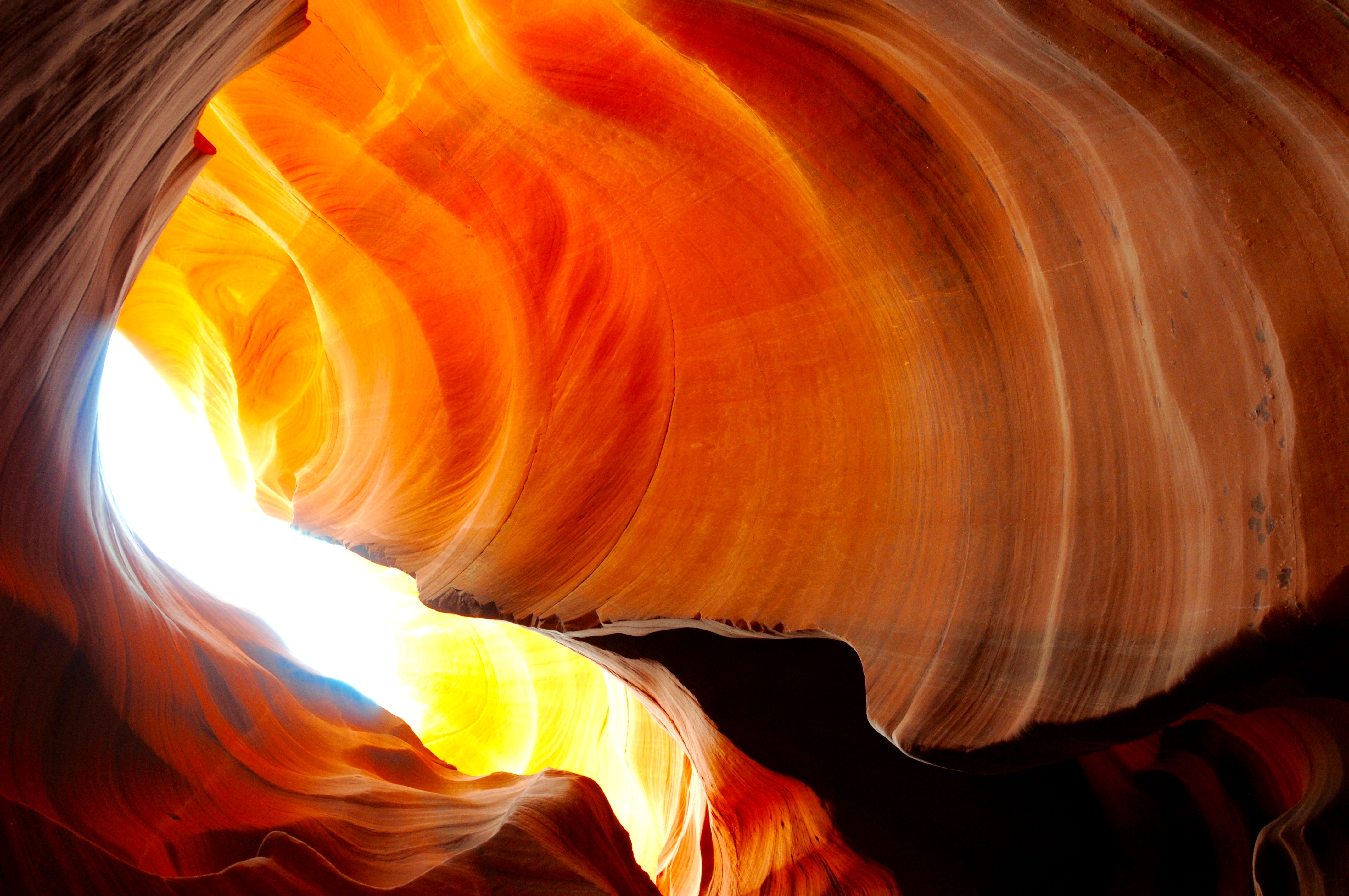
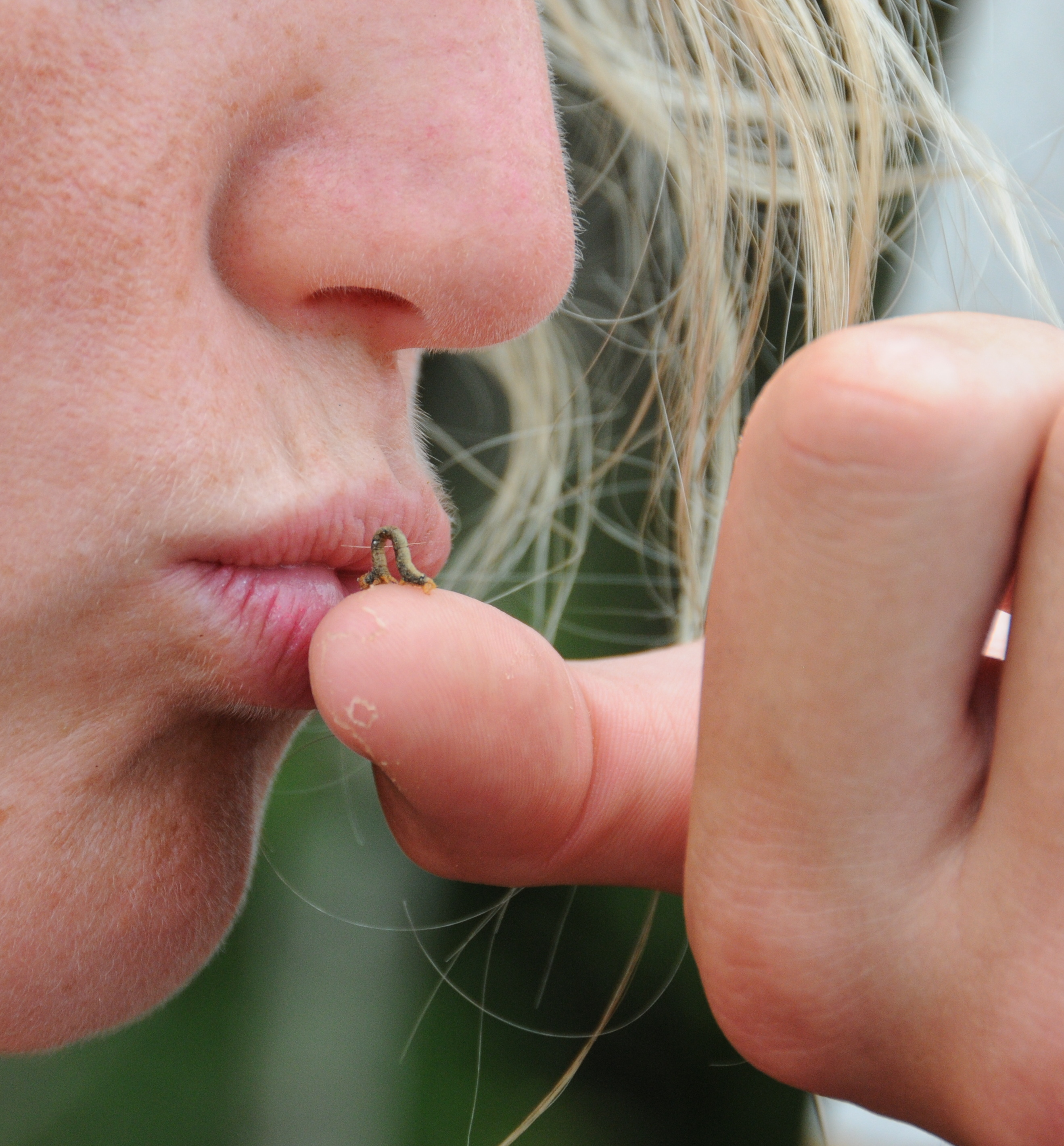
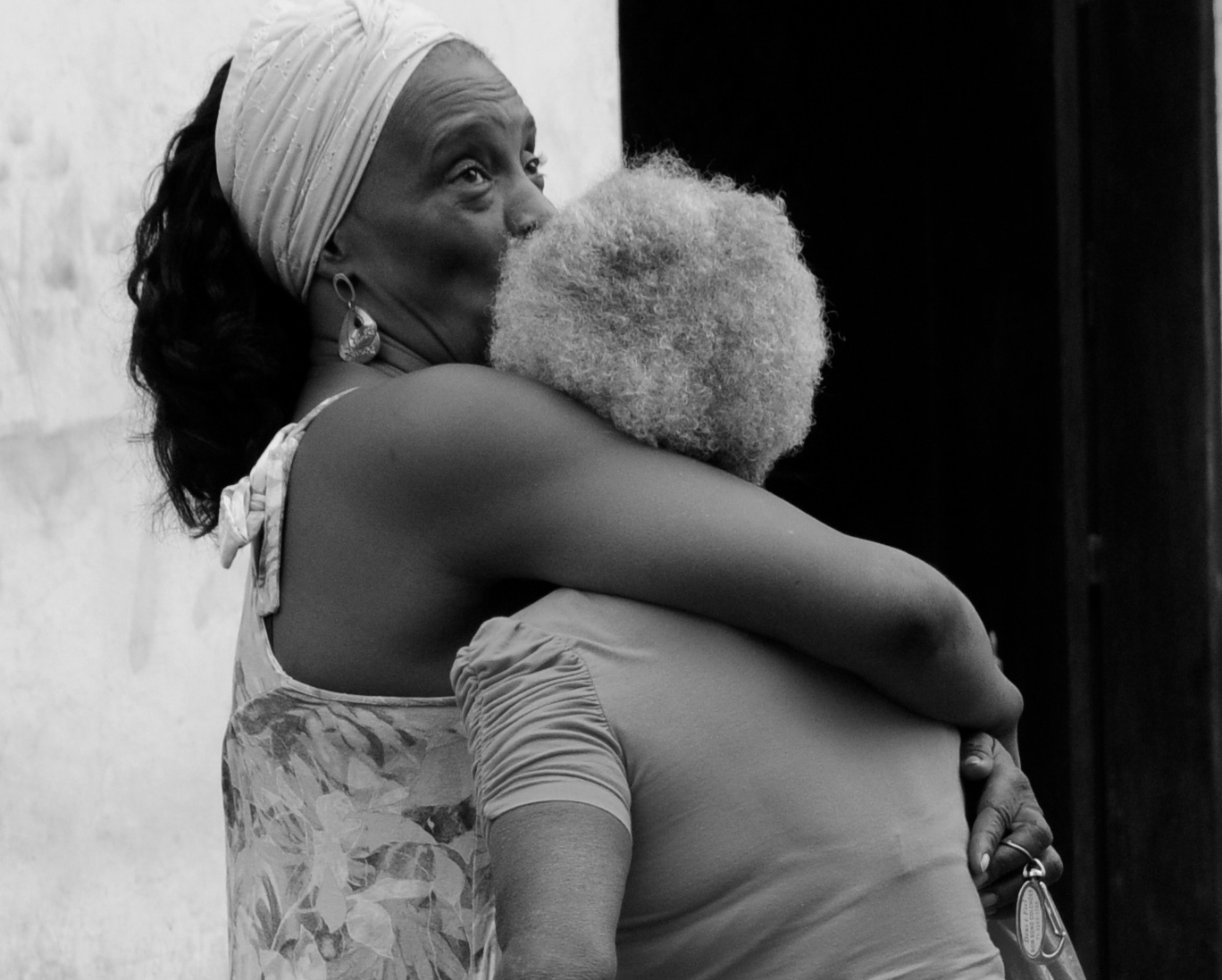

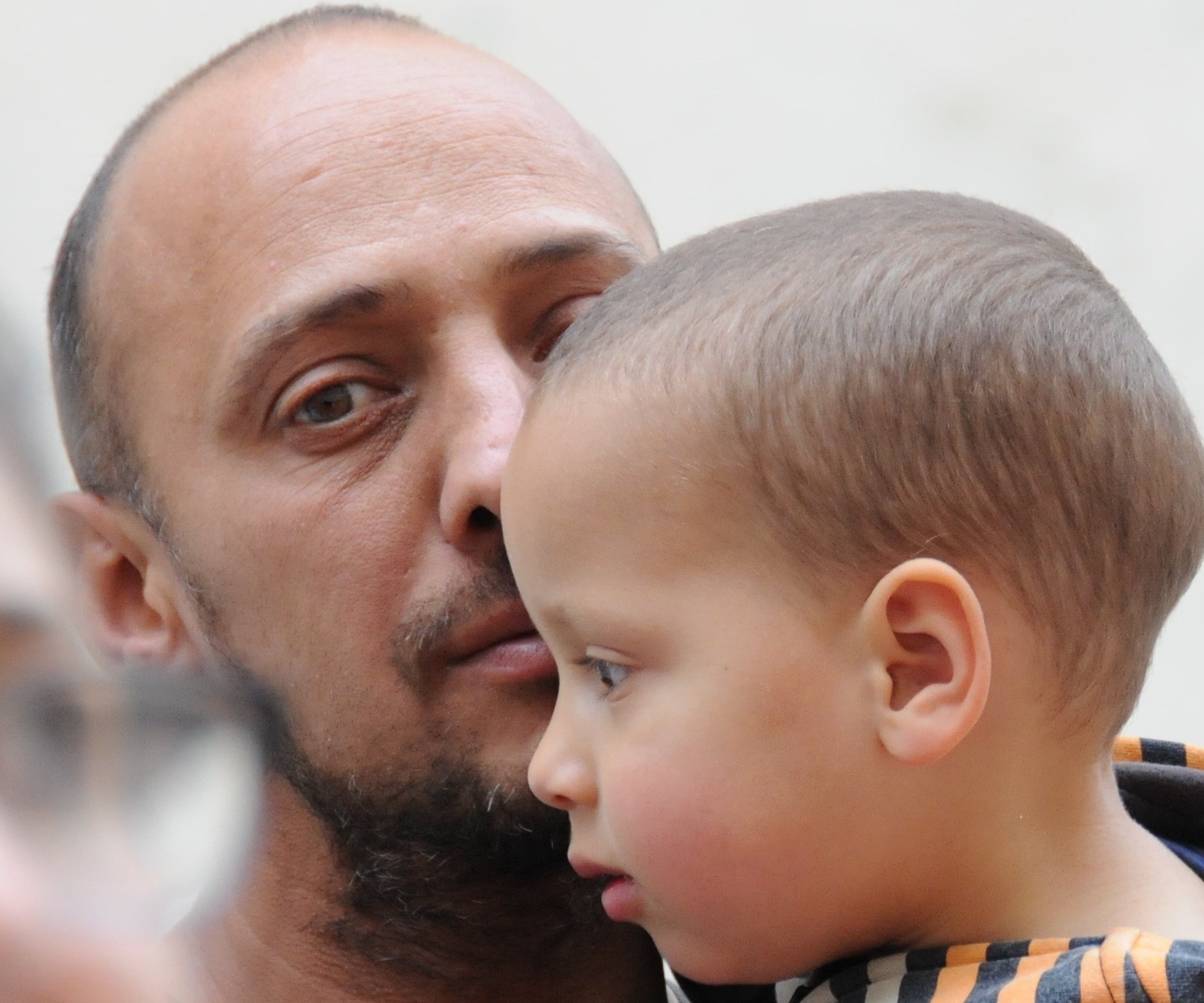
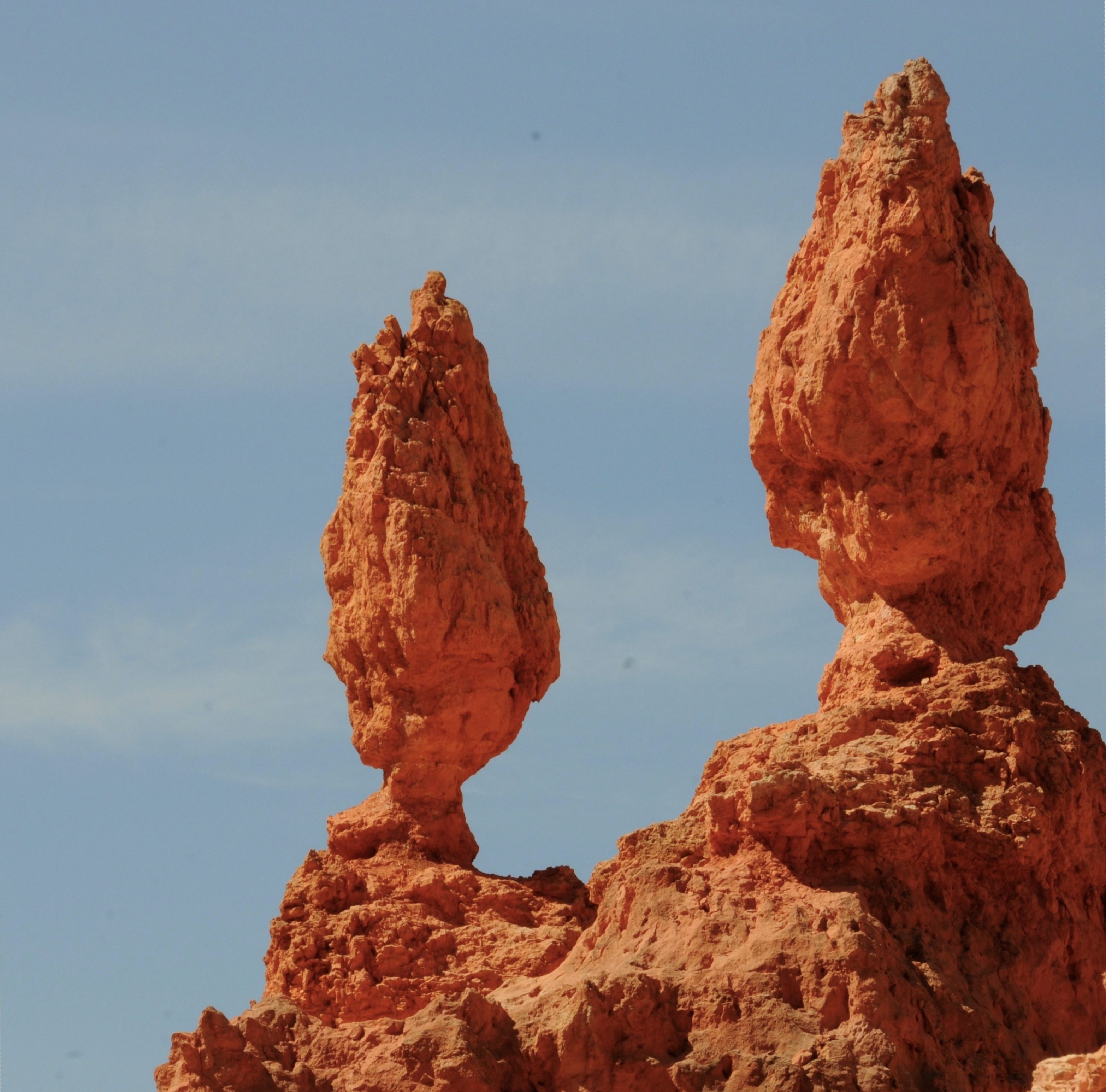
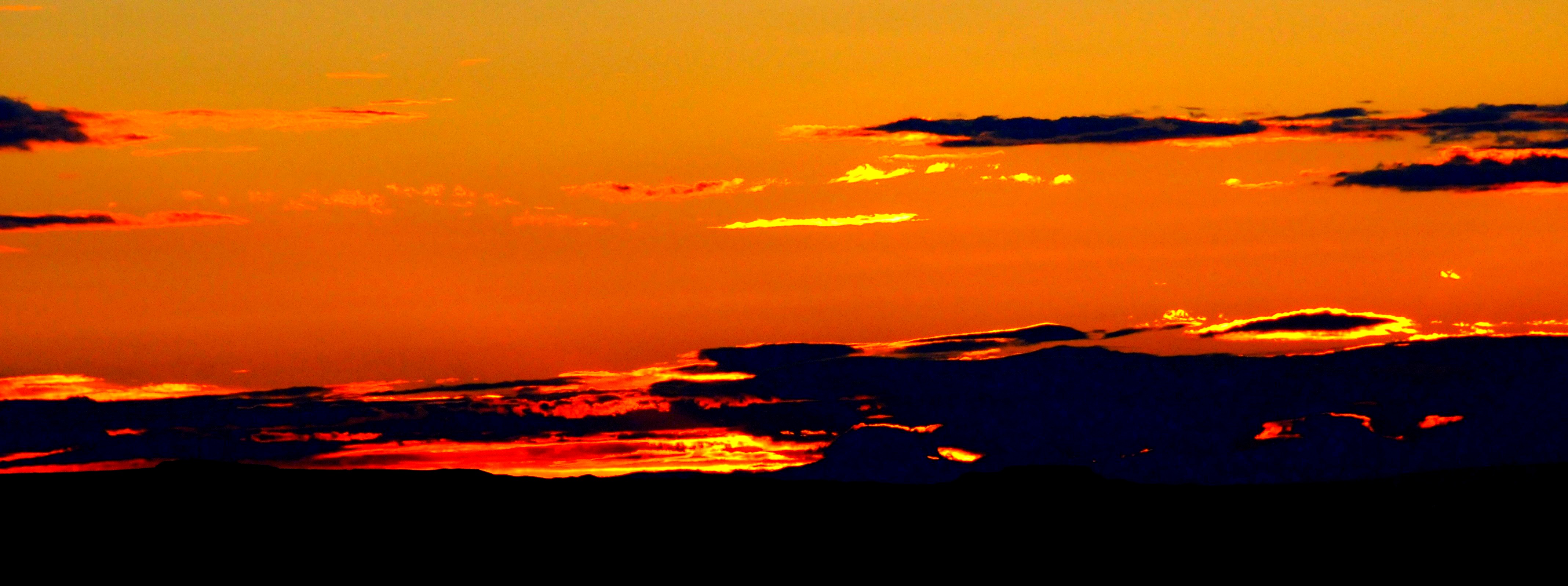

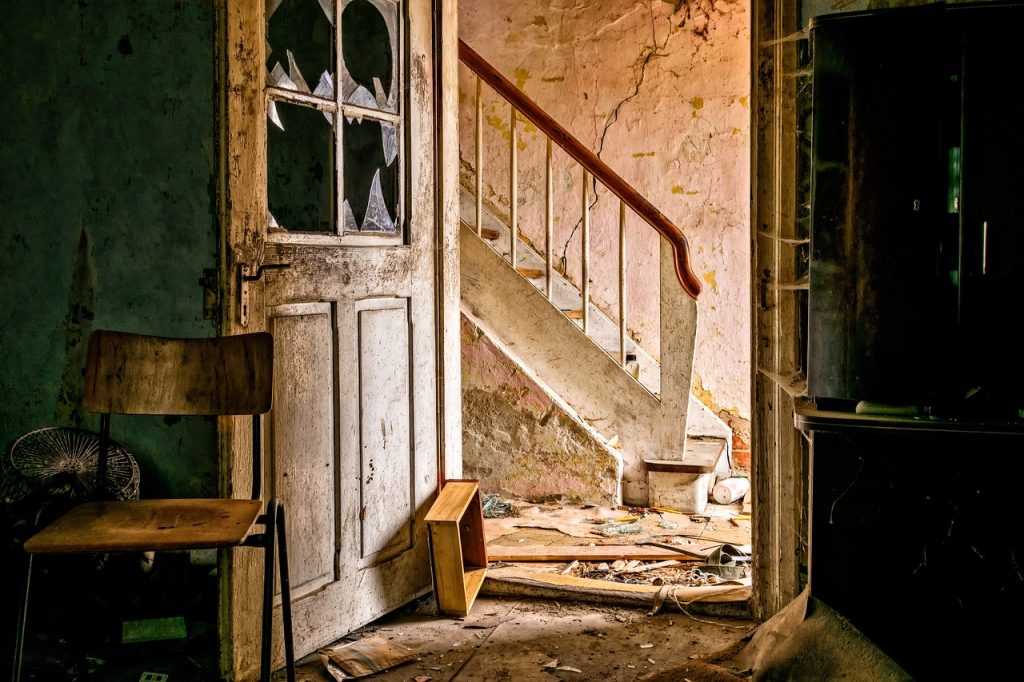
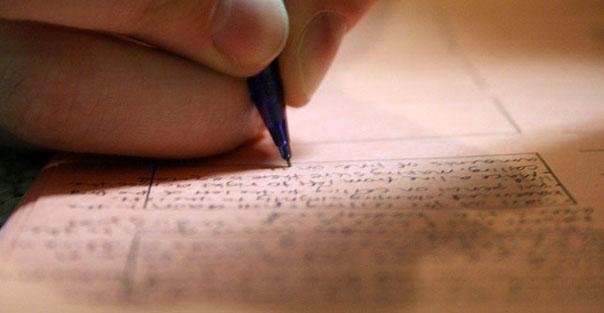

Yes.
Yes!
Thank you.
Must this knowing come at great cost?
Perhaps so.
“Landing is painful, but it doesn’t matter.”